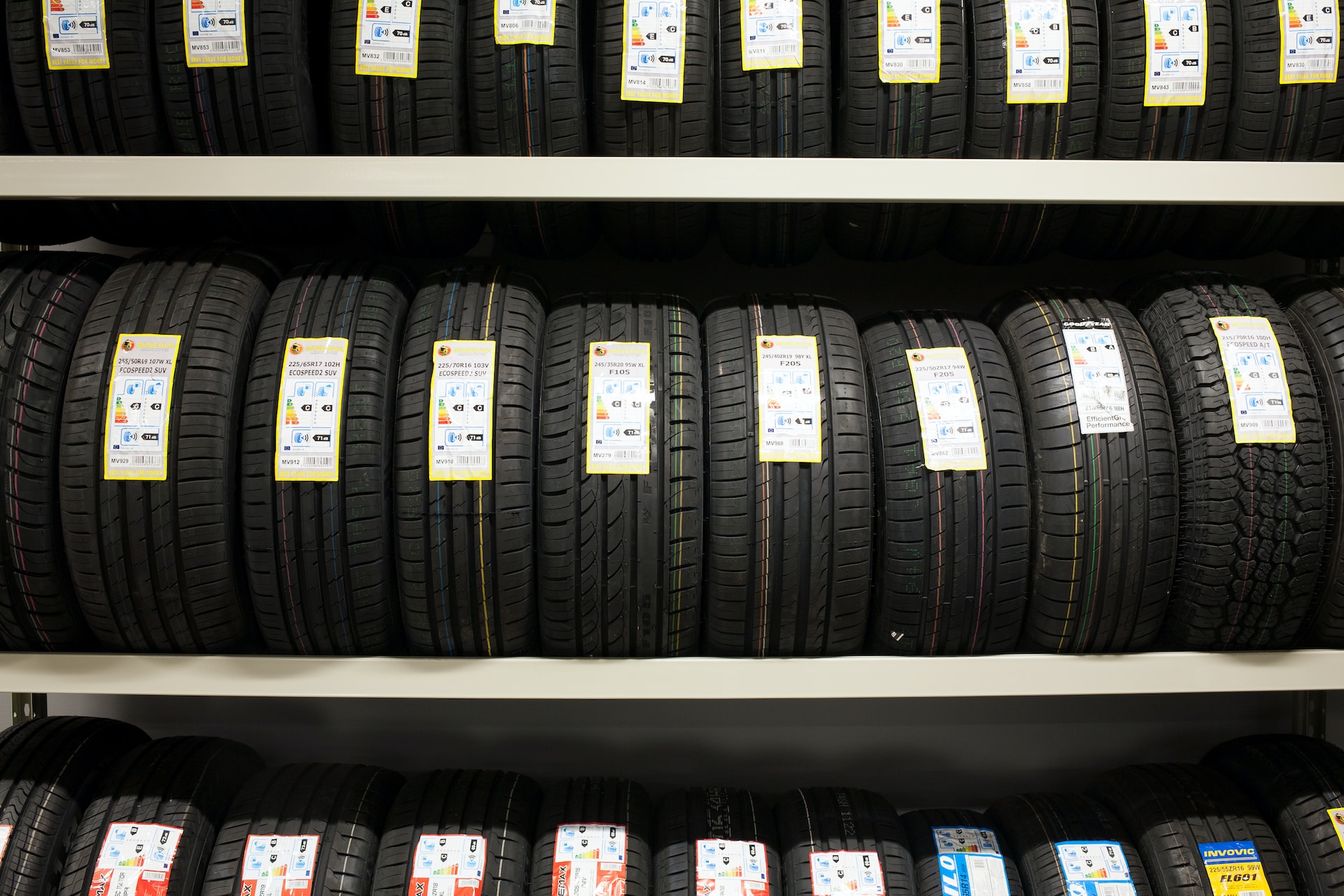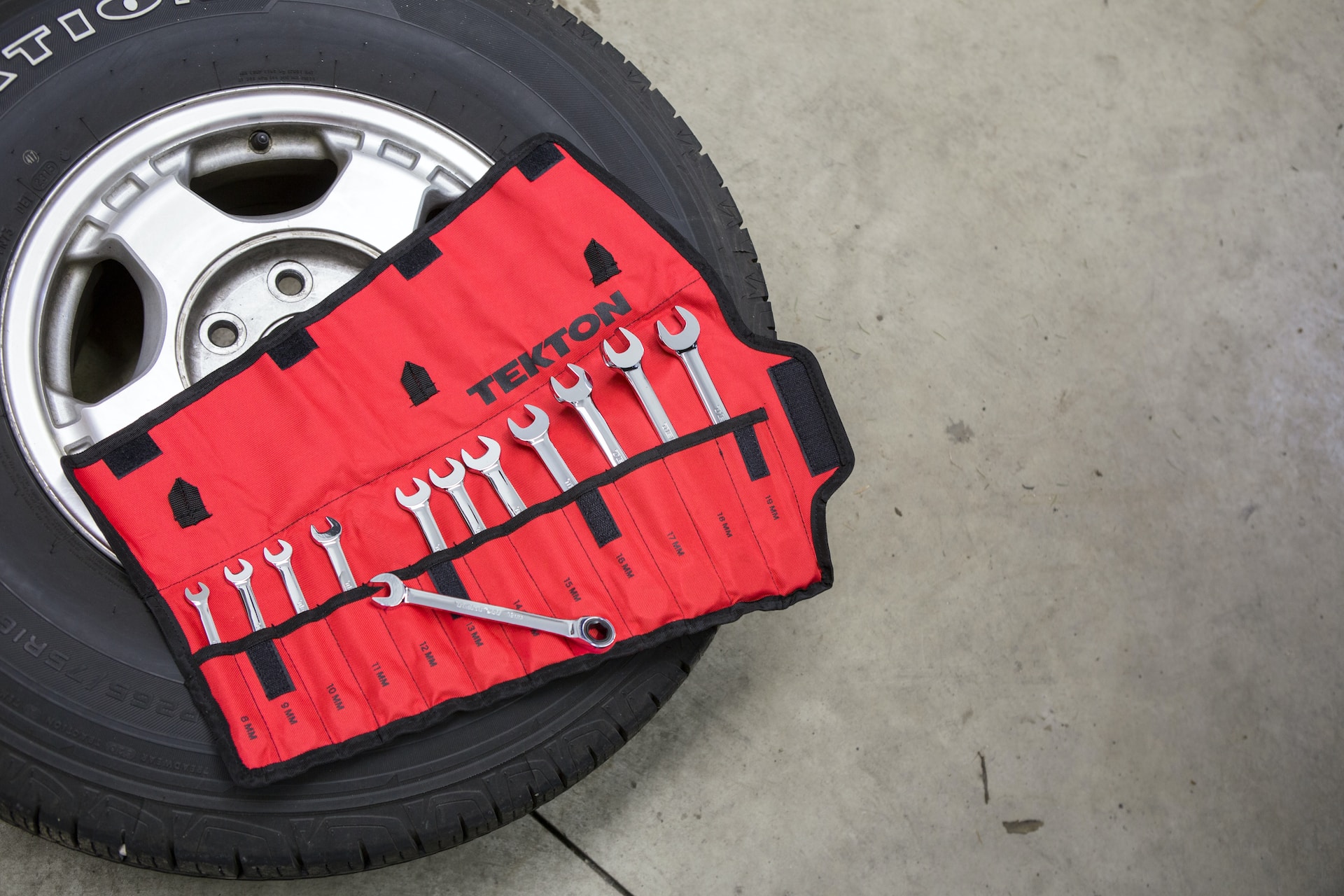When it comes to choosing your tires, it is essential to take into account the different seasons of the year. Indeed, weather conditions vary considerably from one season to the next, which has a direct impact on the performance and safety of your vehicle.
Summer tires: performance under the sun
In summer, temperatures are generally high and the roads are dry. This is why it is recommended to opt for summer tires. These tires are specially designed to provide excellent grip on dry roads and reduced braking distance. Their rubber is harder, which promotes better road holding. In addition, the tread pattern of summer tires allows for optimal water evacuation in the event of rain. They are therefore adapted to summer conditions and guarantee safe and pleasant driving.
Winter tires: control over snow and ice
When temperatures drop and snow appears, it’s time to switch to winter tires. These specific tires have softer rubber and deep tread patterns that promote better grip on snowy or icy surfaces. They are also equipped with sipes which improve traction and braking on these slippery surfaces. Winter tires are therefore essential to ensure safe driving during the winter season.

All-season tires: a versatile solution
If you live in a region where climatic variations are less marked, you may consider purchasing all-season tires. These tires provide adequate performance in varied weather conditions, whether on dry, wet or lightly snowy roads. However, it is important to point out that all-season tires are a compromise and do not perform as well as season-specific tires. If you live in a very snowy area, it is best to opt for winter tires.
Performance indicators
When choosing your tires, it is essential to take into account certain performance indicators. The first is the load index, which corresponds to the maximum load capacity that the tire can support. It is important to choose tires with a load index that is suitable for your vehicle. The second indicator is the speed index, which indicates the maximum speed that the tire can safely support. Make sure you choose tires with a speed rating that is compatible with the speed limits you face.
The importance of tire maintenance
Once you have chosen the right tires for each season, it is essential to maintain them regularly to ensure their longevity and performance. Check your tire pressure regularly to ensure it meets the manufacturer’s recommendations. Inadequate pressure can affect handling and fuel consumption. Additionally, have your tires checked for wear by a professional and rotate them regularly to ensure even wear.
Tire life: factors and optimization
It’s common to think about seasonality or performance indicators when selecting tires, but what about their lifespan? The lifespan of a tire is a crucial, often overlooked aspect that affects not only your budget, but also your safety.
Each tire is manufactured with an expected lifespan, usually expressed in kilometers. However, several factors can influence this estimate. Driving conditions, such as rough terrain or poor roads, can accelerate wear. Likewise, driving style, such as sudden acceleration and braking, can reduce tire life.
However, it is possible to optimize the lifespan of your tires. In addition to regular maintenance and compliance with the manufacturer’s recommendations, it is advisable to avoid overloading. Excessive weight can lead to premature wear. Furthermore, it is wise to protect your tires UV rays by parking them in the shade or using specific products. UV rays can degrade gum, making it more likely to crack or crack.
It is also essential to ensure the wheel geometry. Improper alignment can cause uneven wear, shortening tire life. If you notice that your tires are wearing unevenly or that your car tends to pull to one side, it’s time to consult a professional.
Finally, remember that, regardless of the lifespan announced by the manufacturer, every tire has an expiration date. Even if the tire appears to be in good condition, the materials can age and lose their properties over time. This is why it is recommended to replace tires every five to six years, or as recommended by the manufacturer.

Environmental impact of tires: an ethical consideration
Today, more and more consumers are concerned about the impact of their choices on the environment. Regarding tires, this impact is multiple and deserves particular attention. In addition to aspects related to performance and safety, it is essential to take into account the ecological dimension in the tire selection and use process.
Tires, once worn, become non-biodegradable waste which can accumulate in landfills. Fortunately, tire recycling technology has advanced in recent years, providing greener solutions for their end-of-life management. These methods recover materials that can be reused in the production of new tires or other industrial products. However, not all tires are recycled, and the proportion of those that end up in the environment is still too high.
In addition, the production of tires consume natural resources and emit greenhouse gases. Some companies have started producing tires with more environmentally friendly materials or using manufacturing processes that reduce the carbon footprint.
But how can a consumer make more informed and ecological choices? First of all, it is important to learn about the manufacturing practices of different manufacturers and to favor those who are committed to an ecological approach. Secondly, adopting a gentle driving style can not only extend the life of tires, reducing the need for frequent replacement, but also reduce fuel consumption, contributing to greener driving. Finally, at the end of their life, opt for recycling your tires rather than landfilling them.












